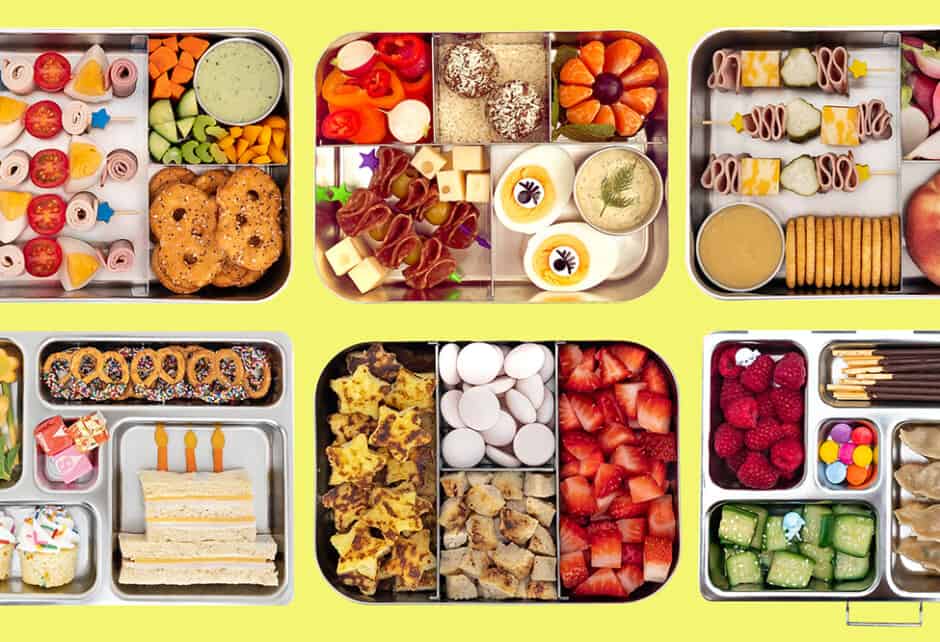
Ask Nurse Judy: Tips For Picky Eaters
Written by Nurse Judy Kivowitz
Photography by Photo Via Facebook
The seen-it-all, treated-it-all Nurse Judy Kivowitz of San Francisco’s Noe Valley Pediatrics shares her advice on common child health and behavioral conundrums.
I get calls from moms and dads all the time who swear that their toddlers simply don’t eat. These parents feel lucky if the kids eat a bite or two at a meal. Amazingly enough, these same kids are growing just fine. It is quite common for young kids to be erratic eaters. Many of them have days where they can pack it away and other stretches when they barely eat anything.
Some experts say that toddlers identify foods as either “familiar” or unfamiliar. If they haven’t tried it before, this is not the age when they are apt to become adventurous eaters. For this reason I strongly encourage you to offer an assortment of foods to your children their first year of life. Make sure you are giving them a variety of colors, shapes, and consistencies. Let’s add as many foods as possible to the list of things that they are comfortable with before they move into that stubborn toddler phase.
The “quest for attention” is something that needs its own blog post, but for our purposes here, trust me, kids love attention of any sort. If they find that they can get a big rise out of mom and dad when they don’t eat, well you guessed it, they will ignore the food and sit back to watch “the make mom and/or dad nuts” show. Avoid that trap if you can.
Make sure you give all that positive attention for behaviors that you want to see more of. “Wow, I like the way you tried something new.” “Wow, let’s feel your muscles because you just did such a good job eating that nice ‘growing food.'” If there is another child nearby, take full advantage of the opportunity and praise good eating observations; chances are your child won’t want to be left out. If they see you making a fuss over someone else it usually doesn’t take long before they are modeling the same behavior. “Hey, I ate my broccoli, too, feel MY muscles.” You can also encourage safe eating by pointing it out when you see it. “I like it when you take one little bite at a time.”
Behaviors that you want to see less of should be ignored within reason.
“Oh, you are tossing your food on the floor, that means you aren’t hungry. I am going to take the food away now.” Make sure you are quiet and matter of fact. Don’t make a huge fuss.
Below are some tried and true tips that may help you along:
Give your kids very small amounts that they can actually finish. You can always add more. Some kids will get overwhelmed by a large portion and won’t even have any of it.
Not every meal has to be a performance, but you can do little things like make a face out of the food—two peas for the eyes, a piece of chicken for the nose, etc. Make it a game, and laugh when they eat part of your design.
There are plates that you can buy that have pictures of faces that can get uncovered when they eat. You can also consider making your own placemats. Blow up some photos of your family, laminate them, and use them accordingly—”Let’s see if we can eat the tofu and find mommy’s face!”
Other creative ways to encourage eating are cookie cutters to make your sandwiches into interesting shapes.
Make a meal with a theme. One meal can be things that are orange, another day you can do things that are curly.
Make smoothies with all sorts of wonderful ingredients. See if your toddler wants to help drop things into the blender and help turn on the power. Pour the smoothie into a special superhero cup that is used only for the superhero drink.
Many kids like to dip things. Little sticks of assorted veggies that they can dip into hummus or yogurt dip makes a nice healthy snack. Muffin tins make great little food trays, especially for those kids that don’t want their different foods to touch, heaven forbid.
Kids like to eat things that they have helped with. Allow them to sprinkle spices (try to minimize the use of salt) or stir the food while you are preparing it. When your children are old enough (this is especially useful if you have more than one) let them take turns being on the “Make the Meal Team.” No one else is allowed in the kitchen except the chefs. Make an event out of it. They can even decorate a menu.
Hopefully by starting off with good habits you can avoid having one of the super picky eaters on your hands, but here is the bottom line and the magic equation: X amt food + X amt drink= healthy/happy/growing/sleeping/pooping
In other words: A certain amount of food plus a certain amount of fluids equals a happy, healthy, growing child who sleeps well at night and has nice easy poops. Your job is simply to offer a nice assortment of healthy food and drink. If your child at the end of the equation is doing well, relax and trust that they are getting what they need. Keep in mind that toddlers do not grow nearly as rapidly as they do when they are infants, but if you have a concern about poor weight gain or other diet related issues, don’t hesitate to check in with your doctor.
Find out how to sign up for Nurse Judy’s San Francisco-based classes and workshops here.
Share this story




